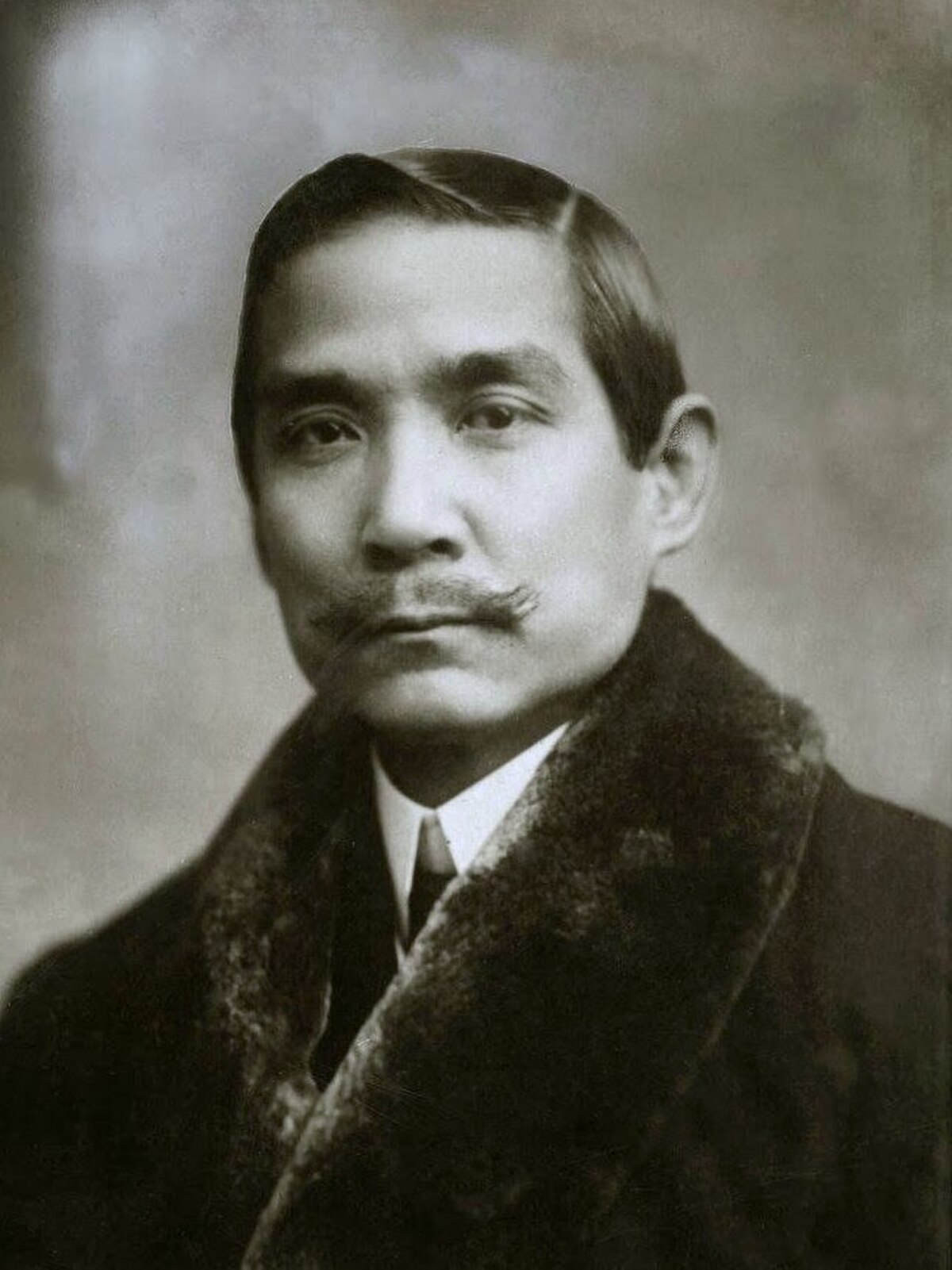
Xinhai Revolution
ChinaThe 1911 Revolution, or Xinhai Revolution, ended China's last imperial dynasty, the Manchu-led Qing dynasty, and led to the establishment of the Republic of China. The revolution was the culmination of a decade of agitation, revolts, and uprisings. Its success marked the collapse of the Chinese monarchy, the end of 2,132 years of imperial rule and 268 years of the Qing dynasty, and the beginning of China's early republican era.
The Qing dynasty had struggled for a long time to reform the government and resist foreign aggression, but the program of reforms after 1900 was opposed by conservatives in the Qing court as too radical and by reformers as too slow. Several factions, including underground anti-Qing groups, revolutionaries in exile, reformers who wanted to save the monarchy by modernizing it, and activists across the country debated how or whether to overthrow the Manchus. The flash-point came on 10 October 1911, with the Wuchang Uprising, an armed rebellion among members of the New Army. Similar revolts then broke out spontaneously around the country, and revolutionaries in all provinces of the country renounced the Qing dynasty. On 1 November 1911, the Qing court appointed Yuan Shikai (leader of the powerful Beiyang Army) as Prime Minister, and he began negotiations with the revolutionaries.
In Nanjing, revolutionary forces created a provisional coalition government. On 1 January 1912, the National Assembly declared the establishment of the Republic of China, with Sun Yat-sen, leader of the Tongmenghui (United League), as President of the Republic. A brief civil war between North and South ended in compromise. Sun would resign in favor of Yuan Shikai, who would became President of the new national government, if Yuan could secure the abdication of the Qing emperor. The edict of abdication of the last Chinese emperor, the six-year-old Puyi, was promulgated on 12 February 1912. Yuan was sworn in as president on 10 March 1912. Yuan's failure to consolidate a legitimate central government before his death in 1916, led to decades of political division and warlordism, including an attempt at imperial restoration.
